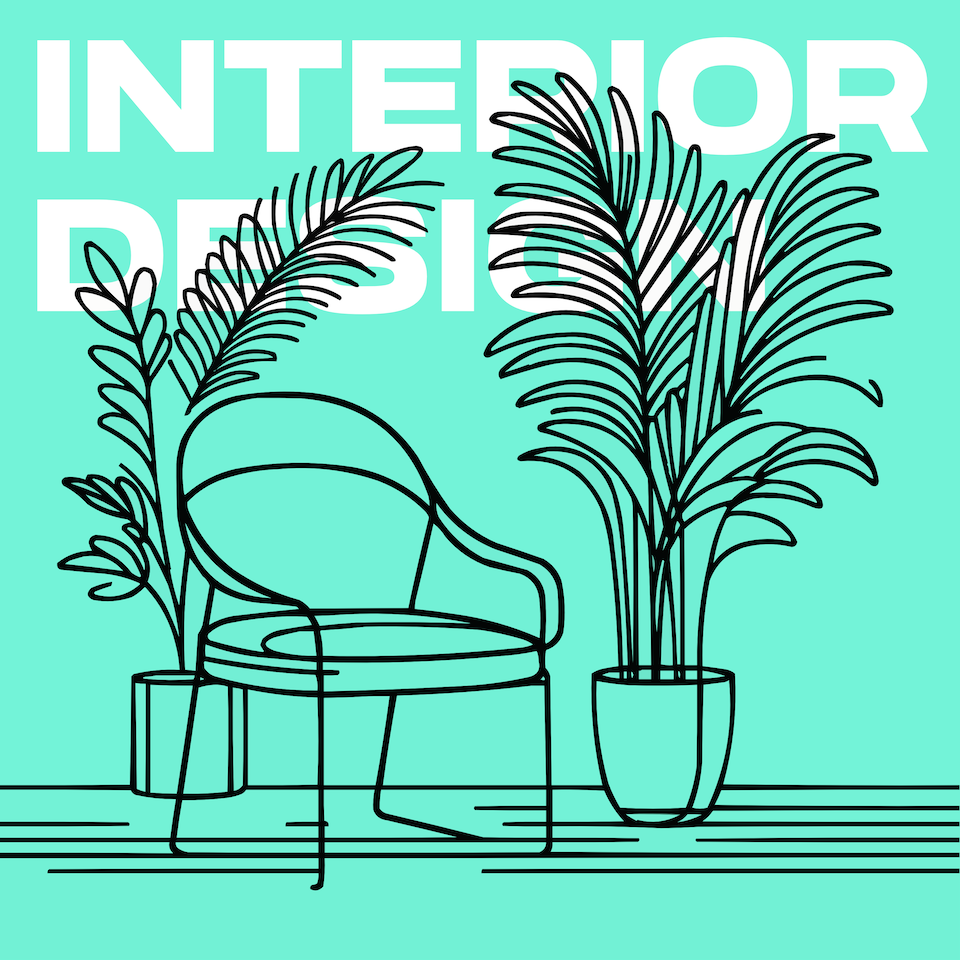Unlocking the Hidden Dimension: Exploring Depth in Interior Design
Welcome to "Interior Design for Beginners," the podcast that turns dreamers into doers and helps you transform your living space into a place that resonates with you, deeply and personally. Today, we embark on an intriguing journey, diving into an often overlooked but crucial element of interior design - depth. With the simple shift of perspective, we'll explore how the manipulation of depth can dramatically alter the perception and feel of a room. Depth in interior design isn't just about how far back your furniture is placed or the size of your room; it's a calculated manner of layering, positioning, and selecting elements to craft a space that feels intentional and inviting. It is the hidden dimension that gives rooms their character, making them appear more spacious, cosy, or dynamic. Let’s delve into how we can harness this powerful tool. First, think about layering. Much like a painting, your space can benefit from having a foreground, middle ground, and background. This can be achieved by strategically placing furniture, decor, and artwork to create visual steps or layers that guide the eye through the space. A simple way to start is by anchoring the room with a large piece, like a sofa or a bed, then adding smaller pieces in front and larger art or mirrors on the walls as a backdrop. This creates a sense of depth, inviting the viewer to look beyond the first items they see. Texture plays a pivotal role in adding depth. A monochromatic room can avoid feeling flat by incorporating a variety of textures. Imagine a living room where the smooth leather of the sofa contrasts with a rough-woven rug underfoot, complemented by soft, plush throw pillows. Each texture reflects light differently, adding layers of depth and interest to an otherwise simple color palette. Lighting is another key player in creating depth. By using a mix of overhead lights, floor lamps, and candles, you can illuminate different sections of the room at varying intensities. This not only creates a warm and welcoming atmosphere but also carves out areas within the space, highlighting some and softening others, effectively adding a three-dimensional quality. Mirrors are magical when it comes to adding depth. Positioned correctly, they can reflect light and views, making a room feel larger and more open. Think of placing a large mirror opposite a window. The reflection not only doubles the light but also brings a piece of the outside world into your home, creating an illusion of extended space. Lastly, don’t underestimate the power of perspective. Artwork and rugs with certain patterns can lead the eye along a path, giving the illusion of a longer or wider space. Diagonal lines and patterns that taper off can trick the mind into seeing more depth or length in a room. In conclusion, depth is that magical ingredient that can transform any space from flat to fabulous with just a few thoughtful adjustments. It invites exploration and creates a dynamic environment that pleases the senses. Whether you're working with a cozy studio apartment or a spacious house, incorporating depth can elevate your design from good to great; We hope this exploration of depth has inspired you to look at your spaces with fresh eyes. Remember, interior design is not just about filling a room with beautiful things; it’s about crafting a space that tells your story, resonates with your feelings, and functions for your lifestyle. Here’s to creating depth and dimension in every corner of your home! Thank you for tuning into "Interior Design for Beginners." Be sure to join us in the next episode as we reveal more design secrets to help you navigate the enchanting world of interior design. Until then, keep dreaming, designing, and dare to transform your space into your personal oasis.
Brought to you by Room AI
